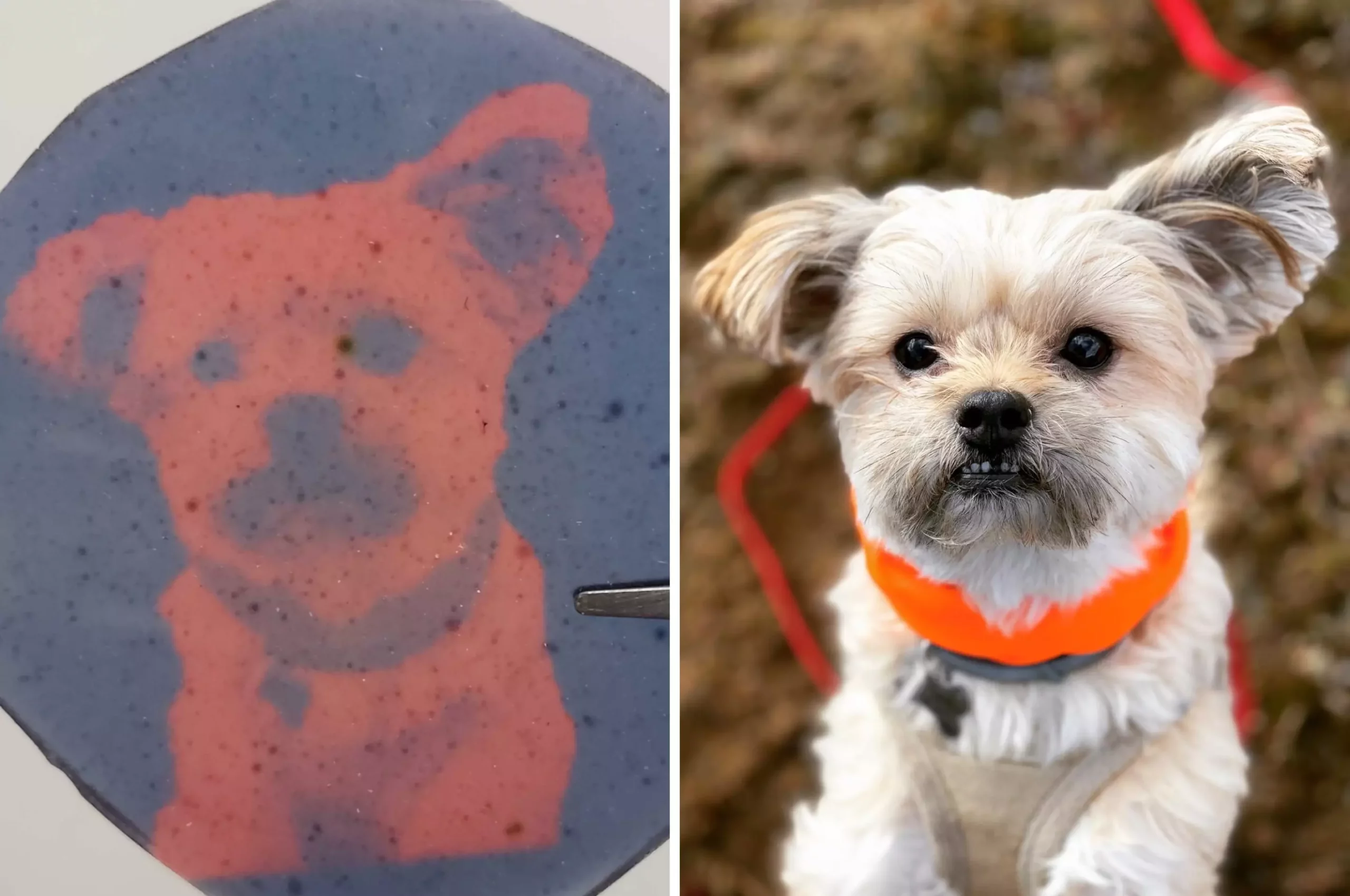In a recent study published in the journal Chem by researchers from Dartmouth and Southern Methodist University (SMU), a groundbreaking method for capturing and displaying three-dimensional images inside polymers has been introduced. This innovative technique involves using a specialized light projector to imprint both two-dimensional and 3D images into polymers containing a photosensitive chemical additive developed by the research team.
The Technology
The process involves utilizing a light-based engraving method that can be erased with the application of heat, making it possible to reuse the polymer for multiple scans. This novel approach allows for the creation of high-resolution images in polymers ranging from thin films to six inches thick, making it suitable for a wide range of applications.
According to Ivan Aprahamian, professor of chemistry at Dartmouth, the technology has the potential to revolutionize medical visualization by providing detailed and precise visual data in a compact and easily customizable format. This could be particularly beneficial for planning surgeries, developing architectural designs, and even for educational purposes.
The key component of this new technology is a light-sensitive chemical “switch” formulated by Aprahamian and Qingkai Qi, a postdoctoral researcher at Dartmouth. This switch, which contains a compound called azobenzene and boron difluoride, reacts to specific wavelengths of light to create and erase images within the polymer.
The light projector developed in the lab of Alex Lippert at SMU plays a crucial role in the process. By beaming red and blue light onto the treated polymer, the projector can activate the photosensitive chemical to create images and erase them as needed. The combination of these lights at different angles allows for the creation of intricate 3D patterns within the polymer.
Future Developments
While the researchers have successfully produced animated images in polymers using this technology, further refinement is needed to improve the resolution, contrast, and refresh rate of the projections. Scaling up the technology for practical use in industries and healthcare settings will require optimizing the chemical switch properties.
The breakthrough in capturing and displaying 3D images in polymers represents a major advancement in the field of medical visualization. With the potential to transform the way medical scans are presented and interpreted, this technology holds promise for a wide range of applications beyond the healthcare sector. As researchers continue to refine and develop this innovative method, we can expect to see even more exciting possibilities emerge in the near future.


Leave a Reply